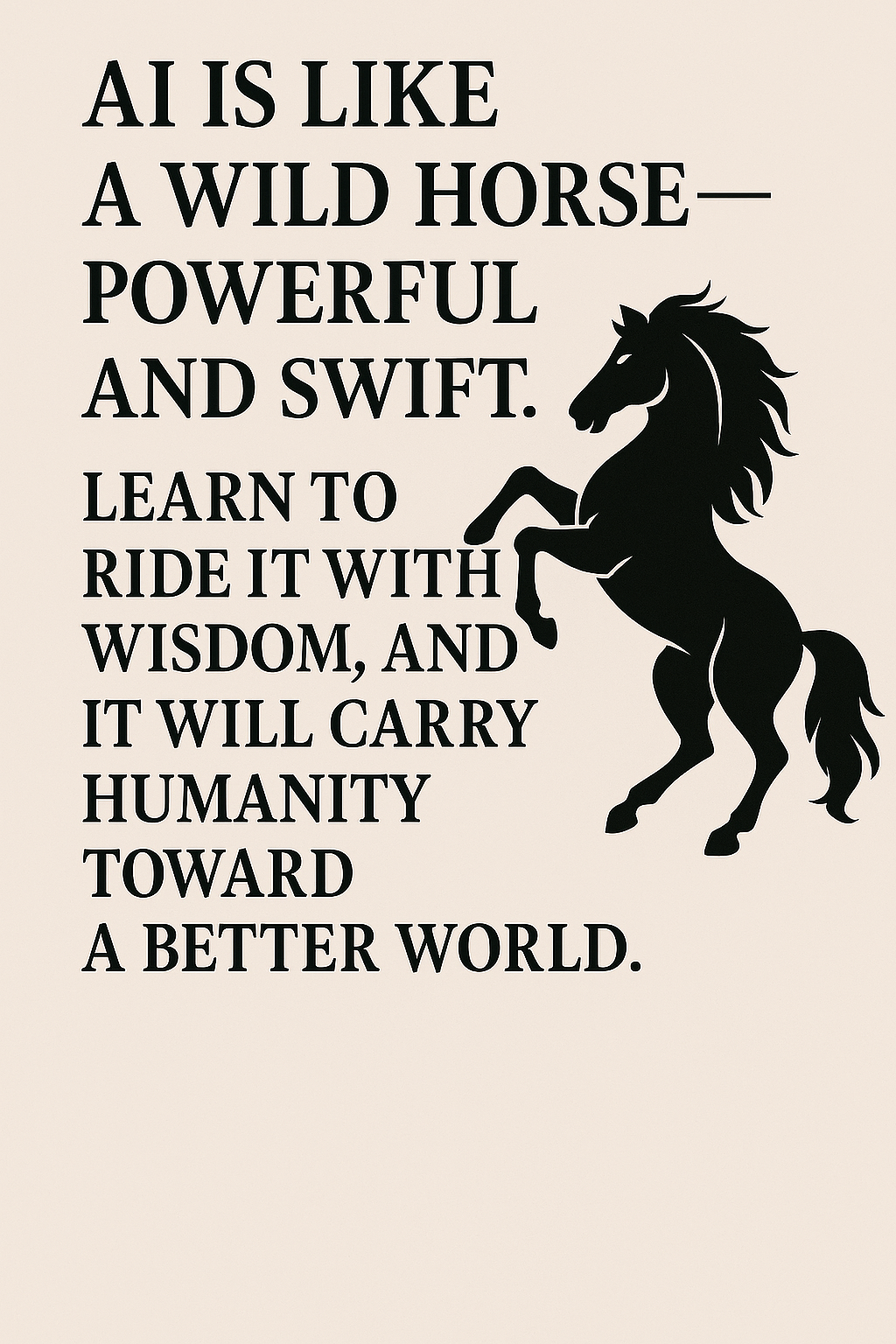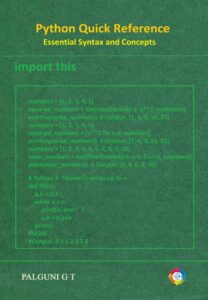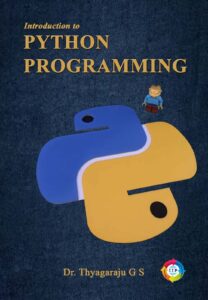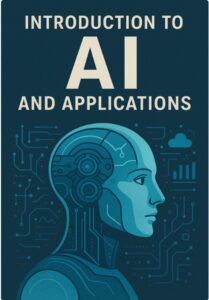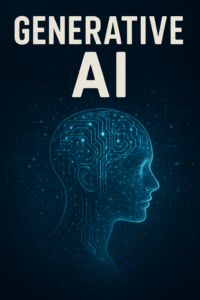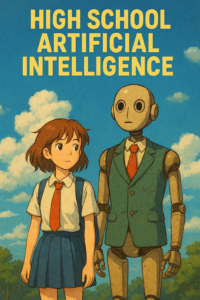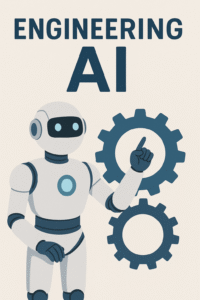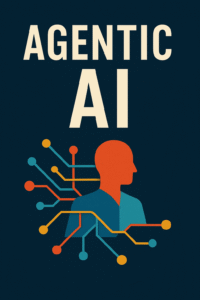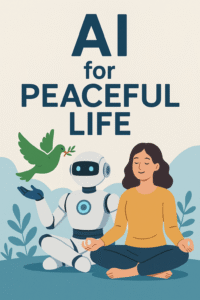“AI is like a wild horse — powerful and swift. Learn to ride it with wisdom, and it will carry humanity toward a better world“.
We are at a juncture in human history where the fusion of cognition and computation has birthed a force of extraordinary potential: Artificial Intelligence. Like the untamed spirit of a wild horse, AI surges with strength, agility, and unpredictability. But it is not the strength alone that determines its value — it is our ability to understand, guide, and responsibly harness it that will define our collective future.
The Unruly Power of AI
Consider a wild horse in the open plains — majestic, free, and dangerous if approached recklessly. Similarly, AI systems today, from large language models to autonomous robotics, operate with immense capacity to transform industries and lives. Yet, when unregulated or poorly guided, they pose risks — job displacement, biased decision-making, privacy erosion, and even ethical ambiguities.
Take for example, facial recognition technology. In the right hands, it can enhance security, assist in finding missing persons, and speed up identification processes in healthcare or law enforcement. However, in the absence of proper checks, the same technology has led to wrongful arrests due to racial bias in algorithms, particularly in the U.S., as documented by the MIT Media Lab. The horse, untethered, can trample rather than transport.
Learning to Ride: The Role of Wisdom
Wisdom is not just knowledge; it is ethical discernment applied through insight. To “ride” AI is to understand its architecture, limitations, training data, and societal impact. We must teach engineers, policymakers, and citizens alike not just how AI works, but how it ought to work for the common good.
In agriculture, for example, AI-driven drones and sensors help farmers optimize irrigation, predict pest outbreaks, and improve yield. A startup in India, Fasal, uses AI to help farmers make real-time decisions, resulting in up to 40% increase in crop productivity. This is the power of wise AI — solving local problems with global relevance.
In healthcare, AI now assists in early cancer detection through imaging analysis. In India’s rural health mission, AI is being piloted to predict maternal complications and ensure timely intervention. The horse, when guided, gallops toward better health outcomes.
Toward a Better World
Let us not forget, the goal is not to tame AI into submission, but to harmonize with it. This calls for transdisciplinary collaboration — ethicists working with coders, sociologists engaging with data scientists, and governments co-creating frameworks with technologists.
The European Union’s AI Act is a bold example — categorizing AI systems by risk level and enforcing strict compliance for high-risk systems. It reflects a commitment to ride wisely, not recklessly.
In India, the National AI Portal promotes AI for social empowerment, especially in education and agriculture. But we must go further — embedding AI ethics and policy literacy in our university curriculum, supporting AI for good initiatives, and nurturing a generation that sees AI not as a job-taker, but a purpose-multiplier.
The wild horse analogy is not a cautionary tale — it is an invitation. An invitation to acknowledge the raw power of artificial intelligence and rise to the responsibility of guiding it. Let us ride with vision, courage, and humility. For in doing so, we do not just master a machine — we elevate humanity.
—Dr. Thyagaraju G S

